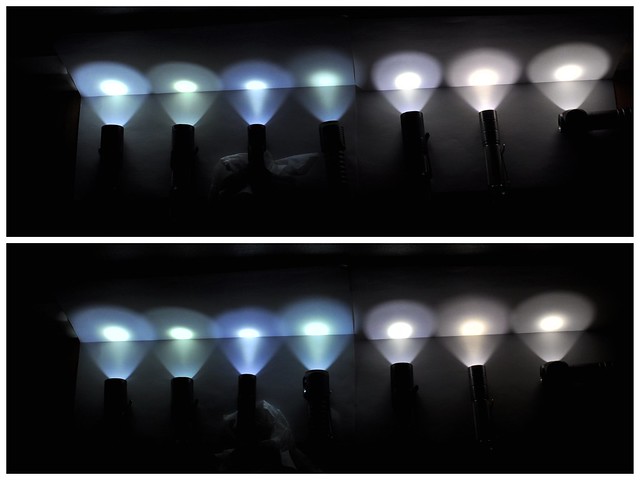jon_slider
Flashlight Enthusiast
- Joined
- Mar 31, 2015
- Messages
- 5,189
The Tikka is a PWM light. You call it unregulated. I find that confusing only when you call the LOD regulated and PWM in the same breath.
anyway, when Fenix says digitally regulated now, they mean no PWM, I think we can agree.
Note the use of pwm as opposed to current controlled regulation in this self built review:
http://www.candlepowerforums.com/vb/showthread.php?321587
"No PWM/Strobe
Here's a nice find – there is no sign of PWM on the Lo mode of the Worm.
 It thus seems to use current-control for its low mode.
It thus seems to use current-control for its low mode.
…
Current-controlled circuit performance is excellent – very flat regulation, and top-of-class runtimes at both levels."
anyway, when Fenix says digitally regulated now, they mean no PWM, I think we can agree.
Note the use of pwm as opposed to current controlled regulation in this self built review:
http://www.candlepowerforums.com/vb/showthread.php?321587
"No PWM/Strobe
Here's a nice find – there is no sign of PWM on the Lo mode of the Worm.

…
Current-controlled circuit performance is excellent – very flat regulation, and top-of-class runtimes at both levels."
Last edited:





